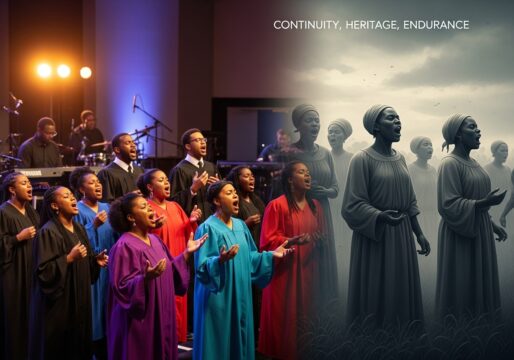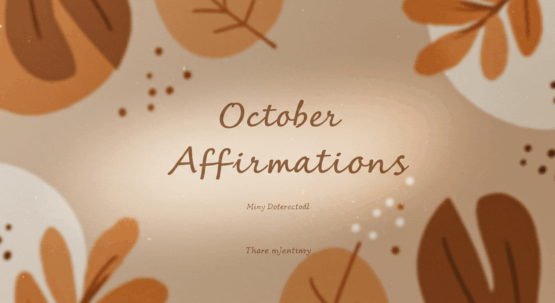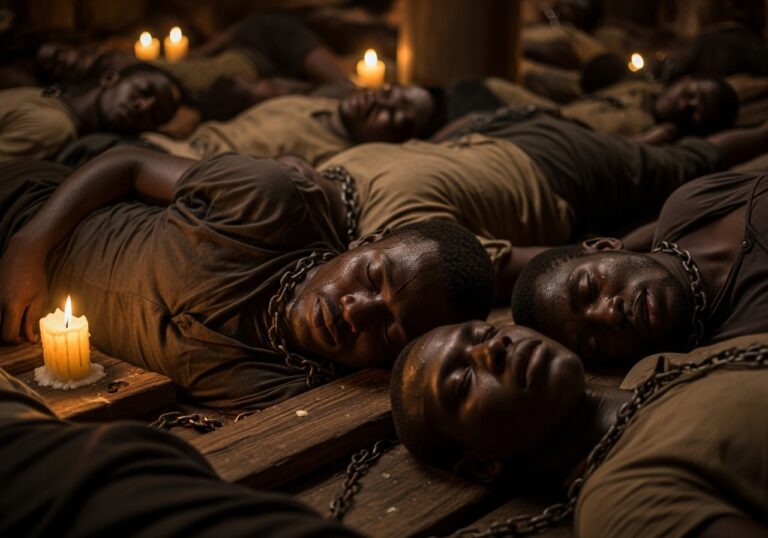During the centuries of the transatlantic slave trade, millions of Africans were captured, chained, and forced onto ships bound for the Americas. These were journeys of horror – months spent in darkness, starvation, and despair. Many didn’t survive. Those who did arrived in a world determined to strip them of everything — their freedom, their families, and even their names.
But in the midst of all that cruelty, something powerful endured- their voice.
Historians believe that some of the earliest traces of African American spirituals were born on those ships. The captives, unable to speak freely, began to hum quiet, rhythmic tones that connected them to home. These weren’t songs of entertainment, but expressions of grief, fear, faith, and remembrance. In the suffocating silence of the slave ships, humming became a way to hold on to humanity.
When the survivors reached the plantations of the Americas, those slave ship songs changed shape. Cut off from their languages and forbidden from practicing their traditions, enslaved Africans began blending their memories of African rhythms with the hymns and biblical stories introduced by missionaries and slaveholders. Over time, this fusion created something new – the spiritual.
These songs spoke in layers. On the surface, they sounded like Christian devotion – prayers for salvation, calls for deliverance. But beneath those words lay a second message – one of resistance and survival.
A song like “Steal Away” wasn’t just about going to heaven; it could signal an escape plan. “Wade in the Water” wasn’t just about baptism — it warned those fleeing to move through rivers to cover their scent from hunting dogs.
In this way, music became a language of both faith and freedom. It allowed enslaved people to communicate, to hope, and to remind one another that their story wasn’t over.
The songs also preserved memory. Each rhythm, each melody carried echoes of Africa — the call-and-response patterns, the percussive beats, the improvisation. Even when every other link to their homeland was attacked, these musical traditions survived.
Over generations, these spirituals became the foundation of much of America’s most influential music. The blues, gospel, jazz, soul, and even rock and hip-hop — all trace their roots to these early songs of suffering and strength.
But beyond their musical influence, the slave songs tell a deeper story — one about the endurance of the human spirit. They remind us that even in a system designed to silence them, enslaved Africans found ways to speak. Even in darkness, they created something that carried light.
Today, when choirs sing spirituals in churches, or when a gospel singer lifts their voice in praise, they are continuing a legacy that began in the most painful circumstances imaginable. The songs that once filled the holds of slave ships now fill concert halls and sanctuaries across the world.
The voices that began as whispers in chains became the sound of survival — a message that no matter how much was taken, faith and music could not be destroyed.
The story of the slave ship songs and spirituals isn’t just about music. It’s about identity. It’s about memory. And it’s about the power of a people who turned suffering into strength — and pain into something eternal.
If this story helps you understand our shared history a little more deeply, take a moment to share it — so these voices, born in darkness, continue to be heard.
Follow us on Facebook and Instagram for the latest updates and exclusive content!










